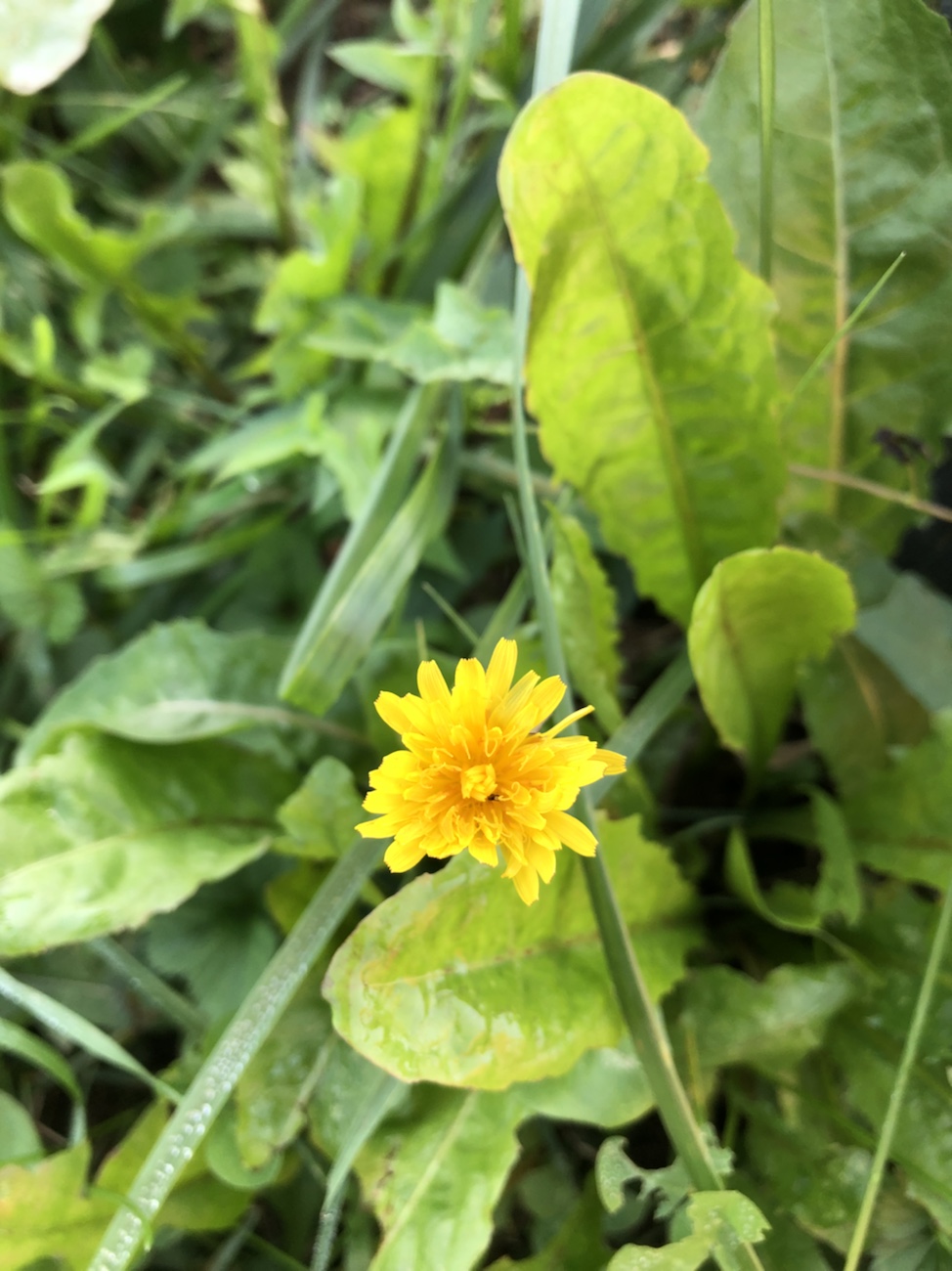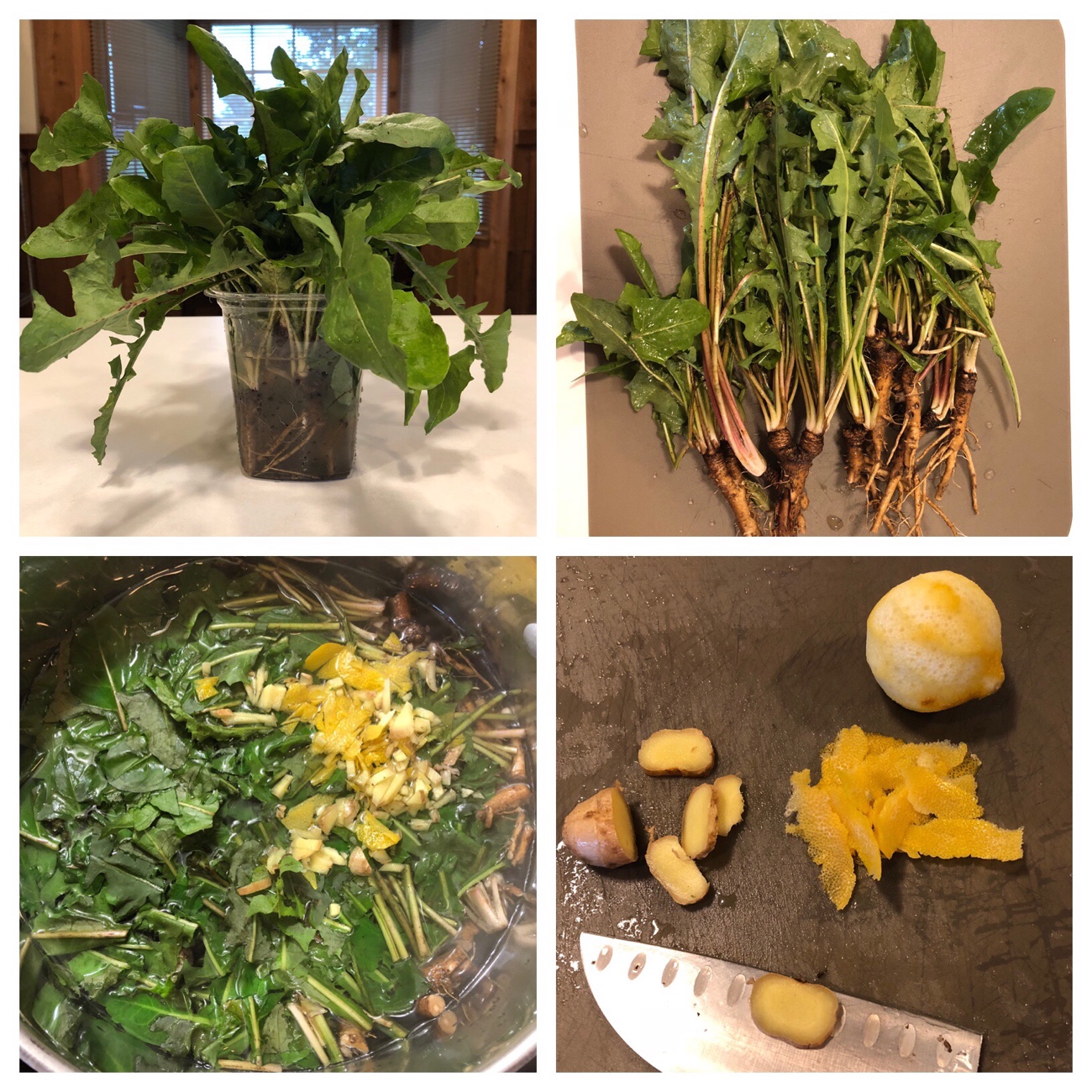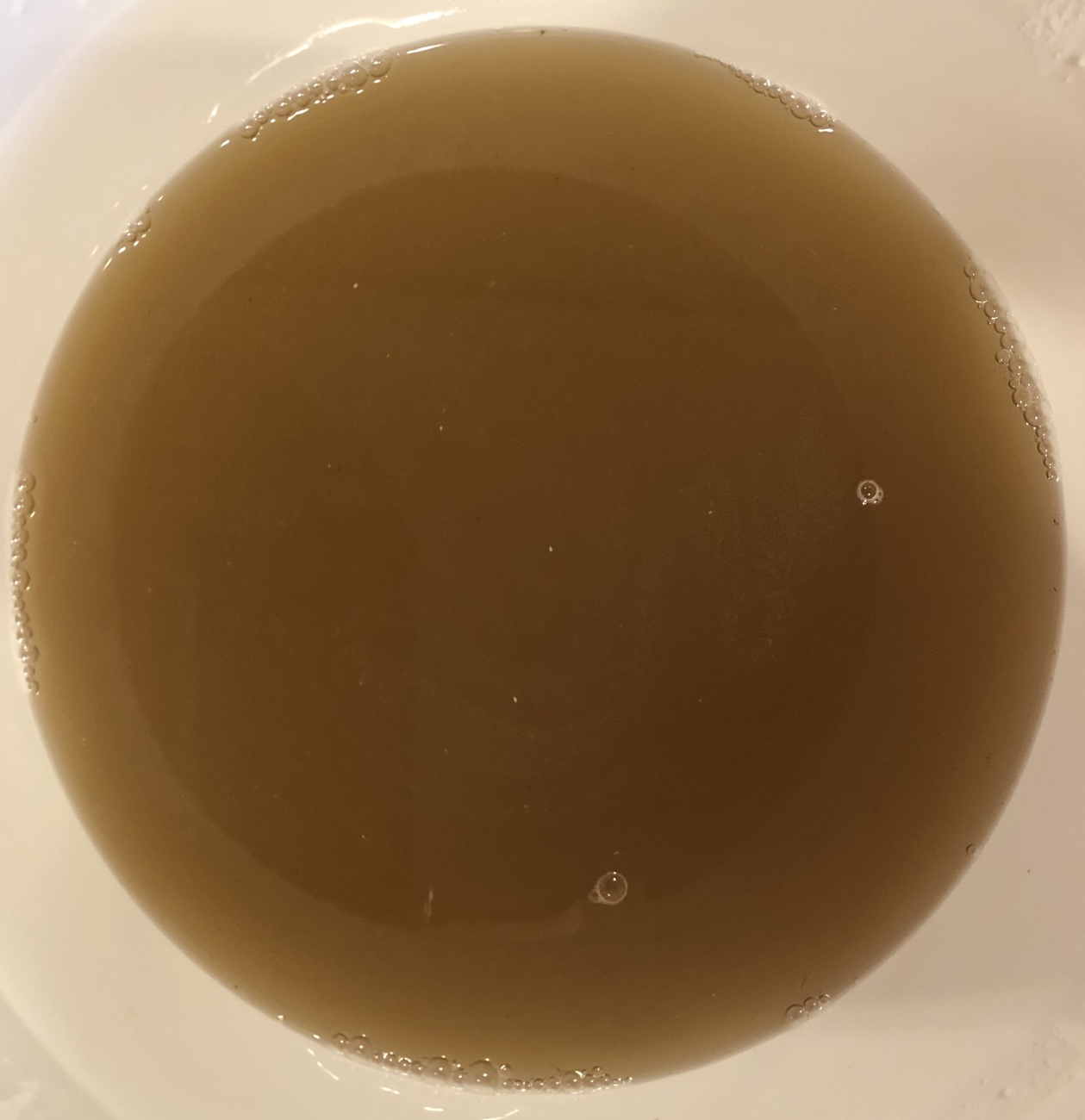
If there’s one plant that we have no shortage of here, it’s lovely dandelion. I unabashedly sing its praises: it’s nutritious, prolific, hardy, and delicious. It also makes a soothingly delicious wildcrafted beer.
Dandelion is a valued and useful friend: I’ve made tinctures from its rough, muddy roots, and ethereal wines from its golden blooms. Its leaves can be eaten raw in salads; cooked, it tastes a bit like mild spinach. Our rabbits adore it, too. It’s a wild-growing nutritional powerhouse.
I didn’t always have the appreciation for this “weed” that I do now, but once I began to use it, I saw it in a whole new light. And not using any chemicals (including weed-killing herbicides) on our land ensures that I can harvest and utilize it without having to worry about the effects of toxins sprayed on it…and that pollinators aren’t being adversely affected by herbicides, either.
While there are only sporadic golden blooms now, young greens abound in the pastures. These are perfect for making herbal beer, and the recent downpours have loosened up the soil so that digging out the roots without breaking them off is easier. With my hand weeder, I was able to uproot a quart of the plants in no time. With the plants procured, I could move on to the next steps in the process.
I soaked the muddy roots in cold water to further loosen the dirt on them. While they soaked, I put a gallon of water in a stockpot and began heating it, along with the chopped lemon rind and minced ginger. After thoroughly washing the dandelions – greens as well as roots – and coarsely chopping them, they also went into the pot.

The mixture boiled for 10 minutes, then steeped with the burner turned off for another 10 minutes. When the time had elapsed, I strained the hot liquid from the pot into the fermenting bucket, which already contained the sugar, lemon juice, and cream of tartar. I stirred well to dissolve the sugar, covered the fermenter, and allowed it cool for several hours.

When the liquid was lukewarm, I pitched champagne yeast* and re-covered it. The next day, it was clear that fermentation had begun, as evidenced by the fizzing of the liquid when I aerated it. I’ll continue to stir the mixture daily until I bottle the beer (about 5 days after pitching the yeast). *I just used bread yeast in the last batch and it came out great – find the recipe here.
With the healthy population of dandelions on our property, I could keep us in beer all year! And with how tasty this beverage is, I might just want to.

Comments are closed.